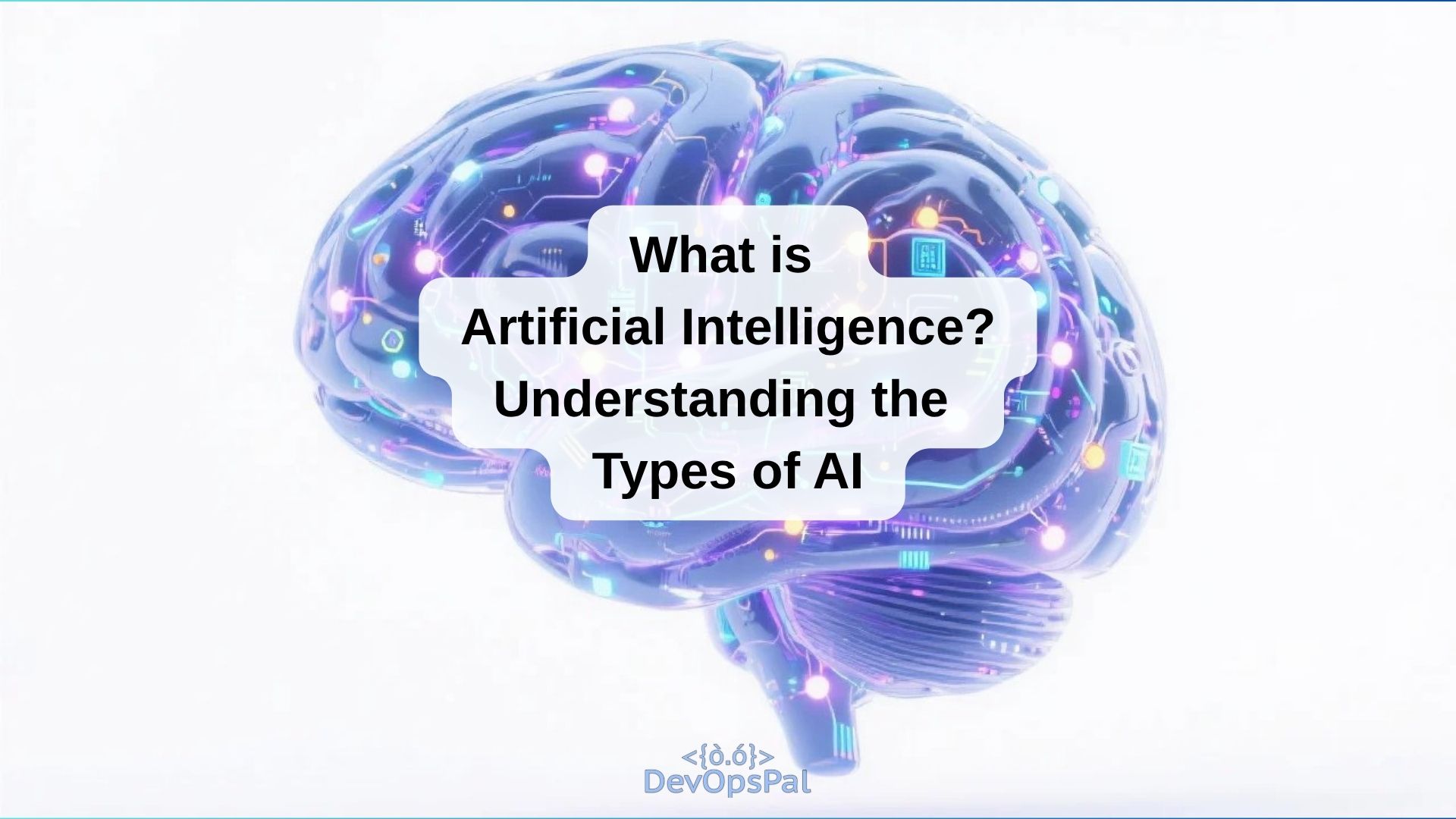Artificial Intelligence (AI) is a term that’s become almost unavoidable in today’s tech-driven world. From voice assistants in our smartphones to recommendation engines on streaming platforms, AI is everywhere. But what exactly is AI, and how do we categorize its different forms? In this post, we’ll break down the basics of AI, explore its main types, and discuss why understanding these distinctions matters for anyone interested in technology, business, or the future of society.
What is Artificial Intelligence?
At its core, Artificial Intelligence refers to the ability of machines or software to perform tasks that typically require human intelligence. These tasks can include learning from experience, understanding language, recognizing patterns, solving problems, and making decisions. The goal of AI is to create systems that can operate autonomously, adapt to new situations, and improve over time.
AI is not a single technology, but rather a collection of methods and approaches. It draws from fields like computer science, mathematics, neuroscience, linguistics, and even philosophy. The result is a broad and rapidly evolving discipline that’s impacting nearly every industry.
The Main Types of AI
AI can be classified in several ways, but the most common framework divides it into three main types: Narrow AI, General AI, and Superintelligent AI.
1. Narrow AI (Weak AI)
Narrow AI is the most prevalent form of AI today. Also known as “Weak AI,” it is designed to perform a specific task or solve a particular problem. Examples include:
- Voice assistants like Siri or Alexa
- Image recognition systems in social media
- Spam filters in email
- Recommendation engines on Netflix or Amazon
Narrow AI systems are highly effective within their domain but cannot operate outside of it. For instance, a chess-playing AI cannot drive a car or write a poem. These systems rely on large datasets and sophisticated algorithms to achieve impressive results, but their intelligence is limited to the tasks they were designed for.
2. General AI (Strong AI)
General AI, sometimes called “Strong AI,” refers to machines that possess the ability to understand, learn, and apply intelligence across a wide range of tasks—much like a human. A true General AI would be able to reason, plan, solve problems, think abstractly, and learn from experience in any context.
As of now, General AI remains a theoretical concept. No existing system has achieved this level of flexibility and adaptability. Researchers are actively exploring how to build such systems, but significant technical and ethical challenges remain.
3. Superintelligent AI
Superintelligent AI is a hypothetical form of AI that would surpass human intelligence in all respects. It would be capable of outperforming the best human minds in every field, including scientific creativity, general wisdom, and social skills. While superintelligent AI is a popular topic in science fiction, it does not exist today and may never be realized. However, the possibility raises important questions about control, safety, and the future of humanity.
Why Do These Types Matter?
Understanding the different types of AI is crucial for several reasons. First, it helps set realistic expectations about what AI can and cannot do. While Narrow AI is already transforming industries, General and Superintelligent AI are still on the horizon. Second, it informs discussions about ethics, safety, and regulation. The risks and benefits of AI depend greatly on its capabilities and limitations.
Conclusion
Artificial Intelligence is a rapidly evolving field with the potential to reshape our world. By understanding the different types of AI—Narrow, General, and Superintelligent—we can better appreciate where we are today and where we might be headed. Whether you’re a developer, business leader, or simply a curious reader, staying informed about AI is essential in the digital age.

